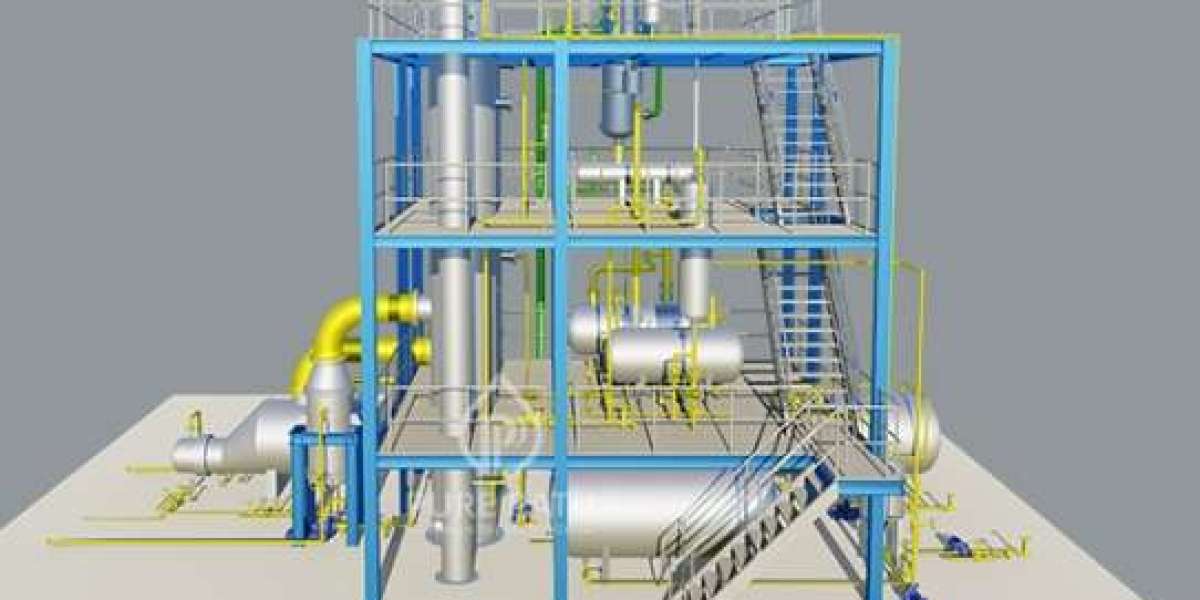In this blog, we will explore these challenges and their implications for oil desulfurization plants.
Understanding Oil Desulfurization
Oil desulfurization is the process of removing sulfur compounds from crude oil and its derivatives to produce cleaner fuels. This is essential for complying with environmental regulations that limit sulfur content in fuels, which can lead to air pollution and health issues. The primary methods used in oil desulfurization include hydrodesulfurization (HDS), oxidative desulfurization (ODS), and biodesulfurization.
Technical Challenges
1. Process Efficiency
One of the primary technical challenges faced by oil desulfurization plants is achieving high process efficiency. Hydrodesulfurization, the most commonly used method, requires specific operating conditions such as high temperature and pressure, which can be difficult to maintain. Any fluctuations in these conditions can lead to reduced efficiency in sulfur removal, impacting overall production.
2. Catalyst Development
The effectiveness of oil desulfurization largely depends on the catalysts used in the process. Developing catalysts that can operate effectively at lower temperatures and pressures while maintaining high sulfur removal rates is crucial. Additionally, the catalysts often face issues such as poisoning and deactivation, which can further complicate the desulfurization process.
3. Feedstock Variability
The variability in crude oil composition poses another significant challenge. Different crude oils contain varying levels and types of sulfur compounds. Oil desulfurization plants must adapt their processes to effectively handle this variability. This often requires complex process adjustments, which can increase operational costs and complicate logistics.
4. Waste Management
Oil desulfurization generates waste byproducts, such as spent catalysts and sulfur compounds. Managing these waste products is essential to minimize environmental impacts and comply with regulations. However, the disposal and treatment of these waste materials can be technically challenging and costly.
Economic Challenges
1. High Capital Investment
Setting up an oil desulfurization plant requires substantial capital investment. The costs associated with equipment, technology, and infrastructure can be a barrier for many companies, especially smaller refineries. This high initial investment can lead to extended payback periods, making it difficult for companies to justify the expenditure.
2. Operating Costs
In addition to capital investment, oil desulfurization plants incur high operating costs. The energy-intensive nature of the processes, especially hydrodesulfurization, results in significant energy consumption. Furthermore, the need for specialized catalysts and ongoing maintenance adds to the financial burden, impacting the overall profitability of the operation.
3. Market Volatility
The oil market is notoriously volatile, and fluctuations in crude oil prices can have a direct impact on the economic viability of oil desulfurization plants. When oil prices drop, refineries may reduce production or cut back on desulfurization efforts, leading to increased sulfur emissions and potential regulatory penalties.
4. Regulatory Compliance Costs
As environmental regulations become more stringent, oil desulfurization plants must invest in technologies and processes to meet these standards. Compliance can involve additional costs for upgrades and modifications to existing facilities. For some operators, these expenses can be overwhelming and may even lead to plant closures if they cannot keep up with regulatory demands.
Conclusion
The challenges associated with oil desulfurization are multifaceted, encompassing both technical and economic dimensions. As the world transitions to cleaner energy, addressing these challenges will be essential for oil desulfurization plants to operate efficiently and profitably. Investment in research and development, innovative technologies, and effective waste management practices will be crucial in overcoming these hurdles.
In conclusion, while oil desulfurization plays a vital role in producing cleaner fuels, the industry must navigate the complexities of process efficiency, catalyst development, feedstock variability, and economic viability to ensure a sustainable future. By addressing these challenges head-on, the oil and gas sector can contribute to a cleaner environment while continuing to meet global energy demands.








